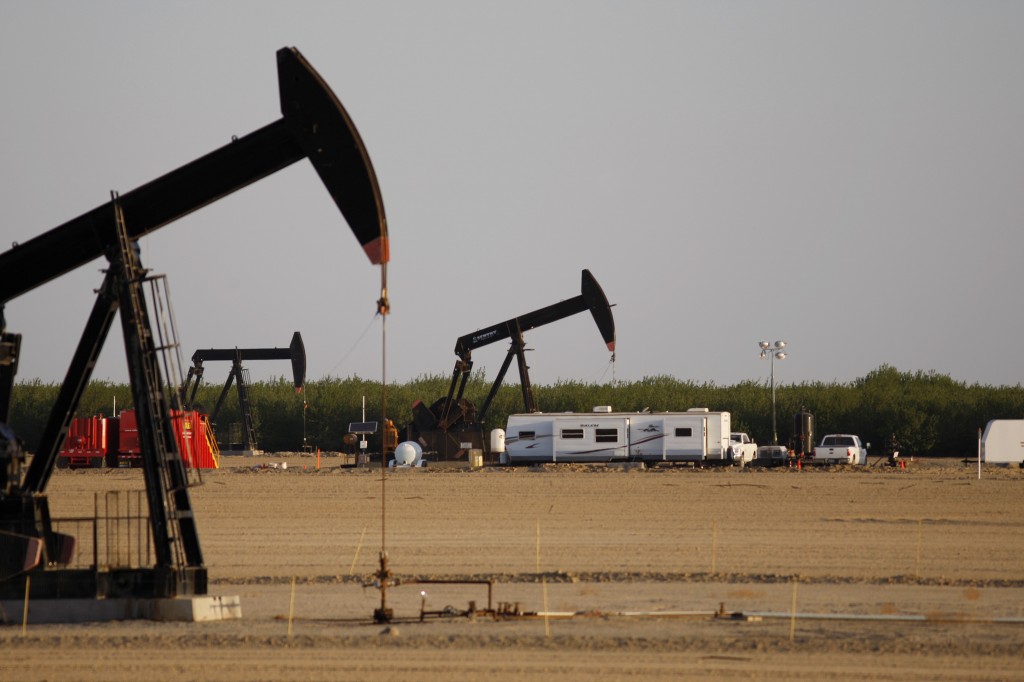With the emergence of open resources and new technologies, Americans today have scads of knowledge at their fingertips. Yet sifting through data is a major barrier for most. By visualizing global trends, however, the National Oceanic and Atmospheric Administration (NOAA) has found a way to see earth science information rolled out in colorful maps on… Keep reading →
NOAA
Energy On A Sphere
By Paul Phongsavan | U.S. Department of EnergySign up and get Breaking Energy news in your inbox.
We will never sell or share your information without your consent. See our privacy policy.Energy News Roundup: EPA Report Mostly Clears Fracking, IEA Release Gas Report & New Data Undermines Climate Hiatus
By Conor O'SullivanThe EPA has revealed it finds no evidence that hydraulic fracturing has led to widespread pollution of drinking water. “The oil industry and its backers welcome the long-awaited study while environmental groups criticize it. “We found the hydraulic fracturing activities in the United States are carried out in a way that has not led to… Keep reading →
Energy News Roundup: Pacific Warm Blob, Canada Energy Future & Coachella Ignores Drought
By Conor O'SullivanTwo new studies have revealed new research over the “warm blob” in the northeast Pacific ocean — a 2 degree C temperature anomaly that began in the winter of 2013-2014 in the Gulf of Alaska. “The 2013-2014 “blob” was just the beginning. In the summer of 2014, warm water also showed up off the California coast.… Keep reading →

New England’s dependence on fuel oil for heating is putting the region in the energy crosshairs this winter, with the average heating oil price projected to hit a record $3.81 per gallon.
The National Oceanic and Atmospheric Administration (NOAA) says it currently looks like the US winter will be slightly warmer than normal, but not nearly as warm as last winter in much of the nation. Keep reading →

Whatever the cause, weather patterns appear unusual and getting more so.
The first 6 months of 2012 were the hottest first 6 months in a calendar year in Continental US, the National Oceanic and Atmospheric Administration (NOAA) reported in early July. The widespread drought affecting major portions of the US appear to be worse in 6 decades and are likely to affect food prices. Keep reading →

Two major industry groups said today that EPA needs to lower its methane emissions estimates, which are 50% higher than indicated by a new survey of hydraulic fracturing emissions. The American Petroleum Institute and America’s Natural Gas Alliance released what they call the “most comprehensive study to date.”
The report entitled “Characterizing Pivotal Sources of Methane Emissions from Unconventional Natural Gas Production,” is a summary and analysis of survey results conducted by the URS Corporation and the LEVON Group. Keep reading →
View this great NOAA PDF of 2011’s Top 10 weather/climate events in US & globally http://1.usa.gov/xmUl4c via @JustinNOAA
By Peter GardettView this great NOAA PDF of 2011’s Top 10 weather and climate events in US & globally http://1.usa.gov/xmUl4c usnoaagov



